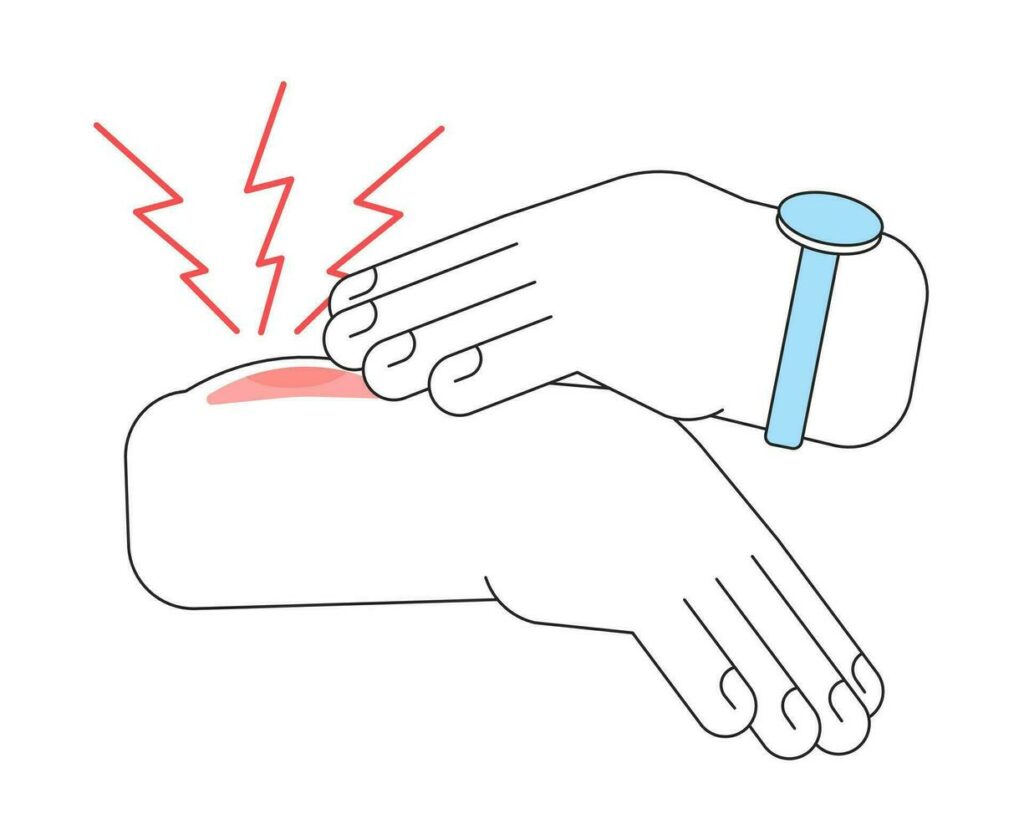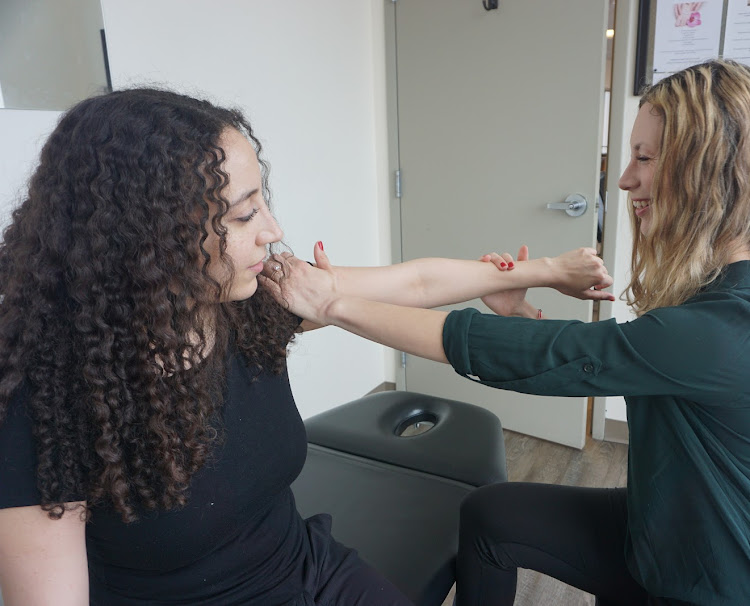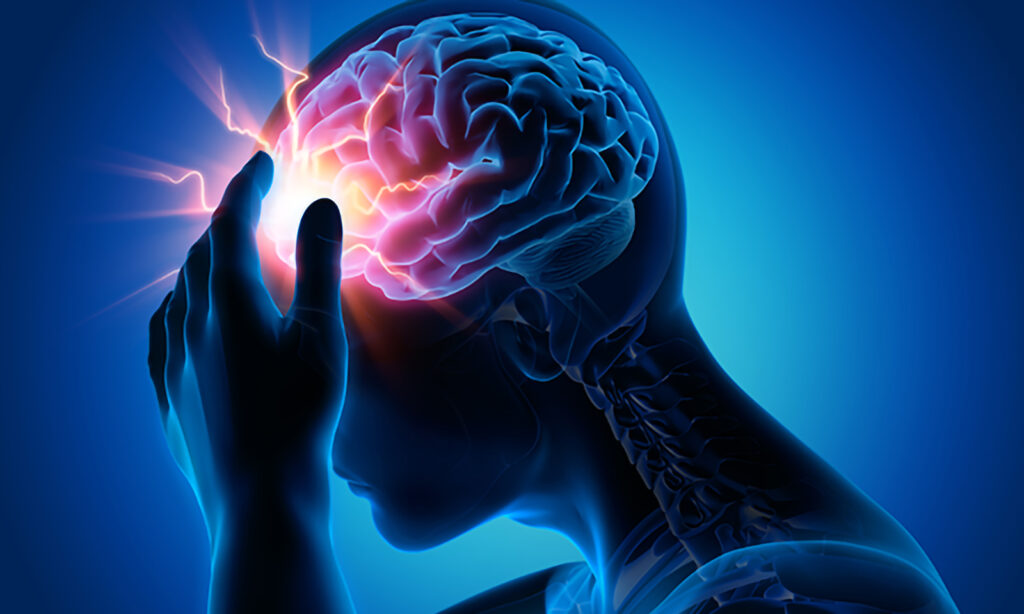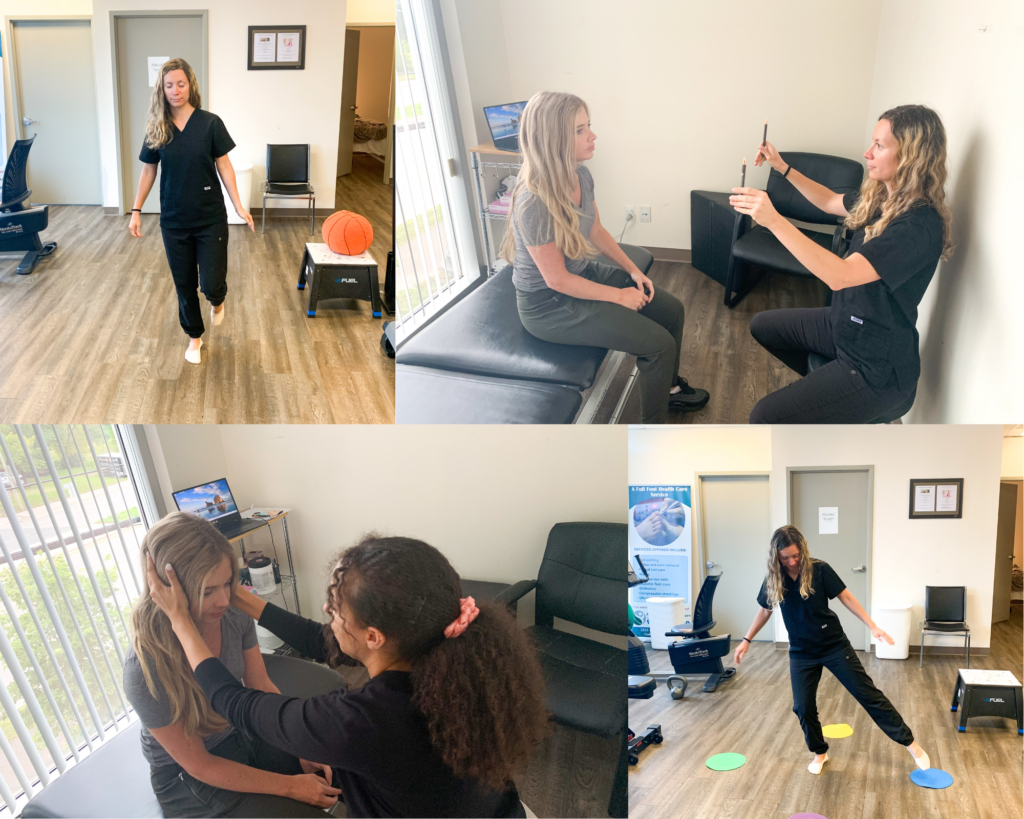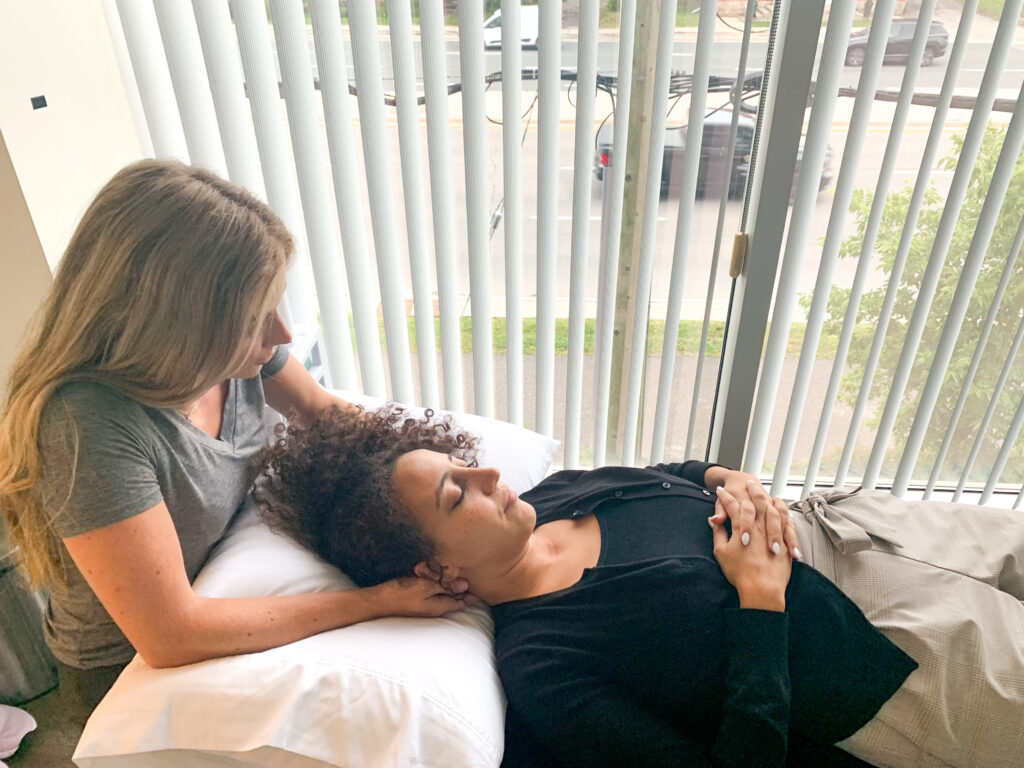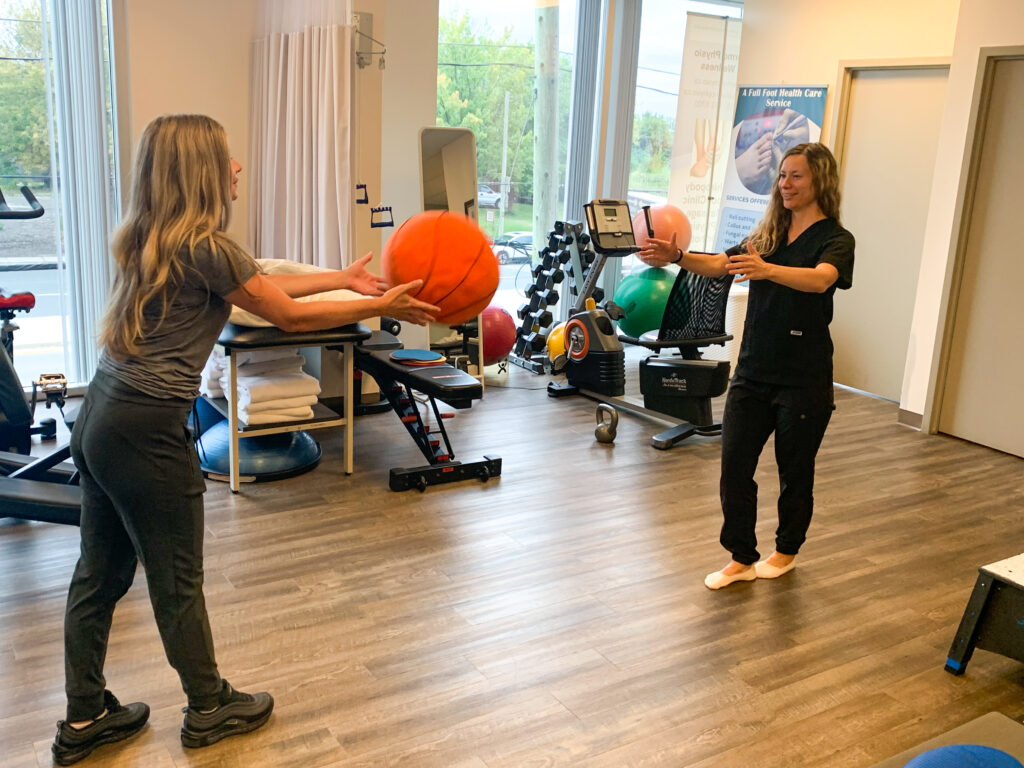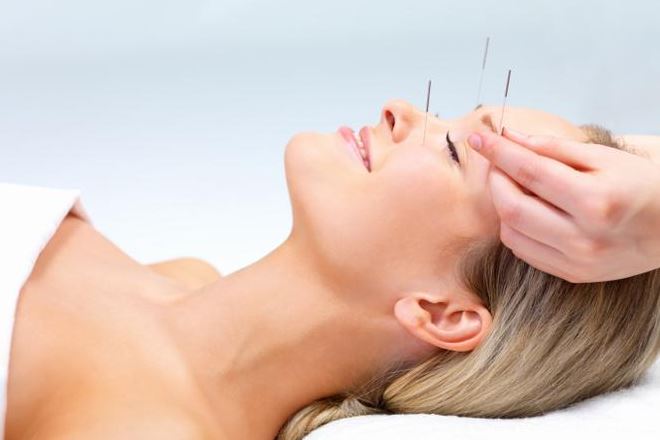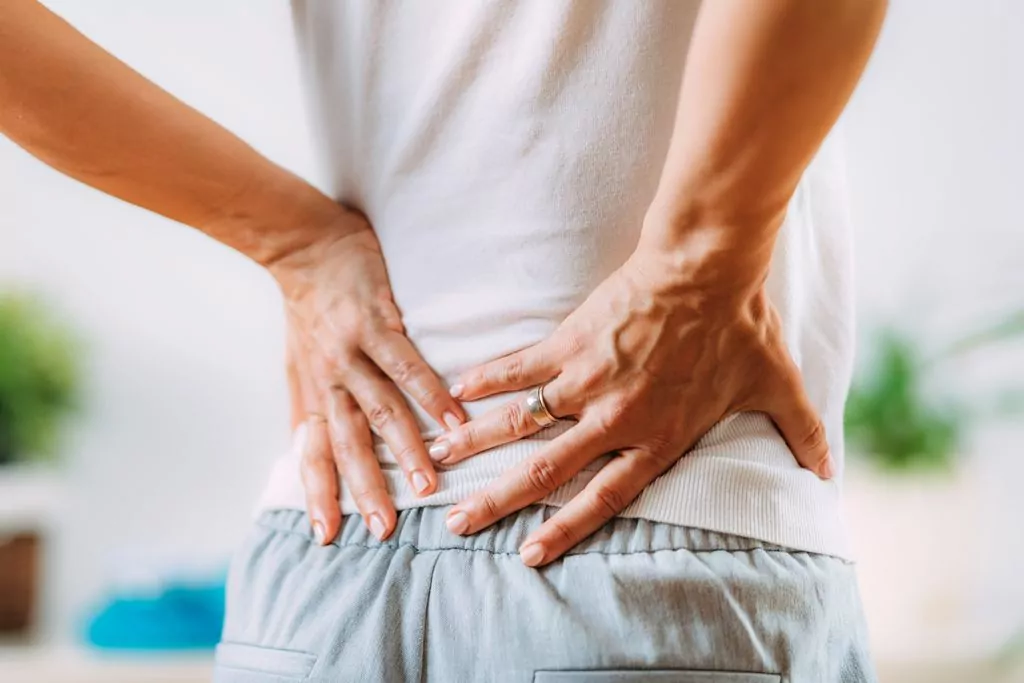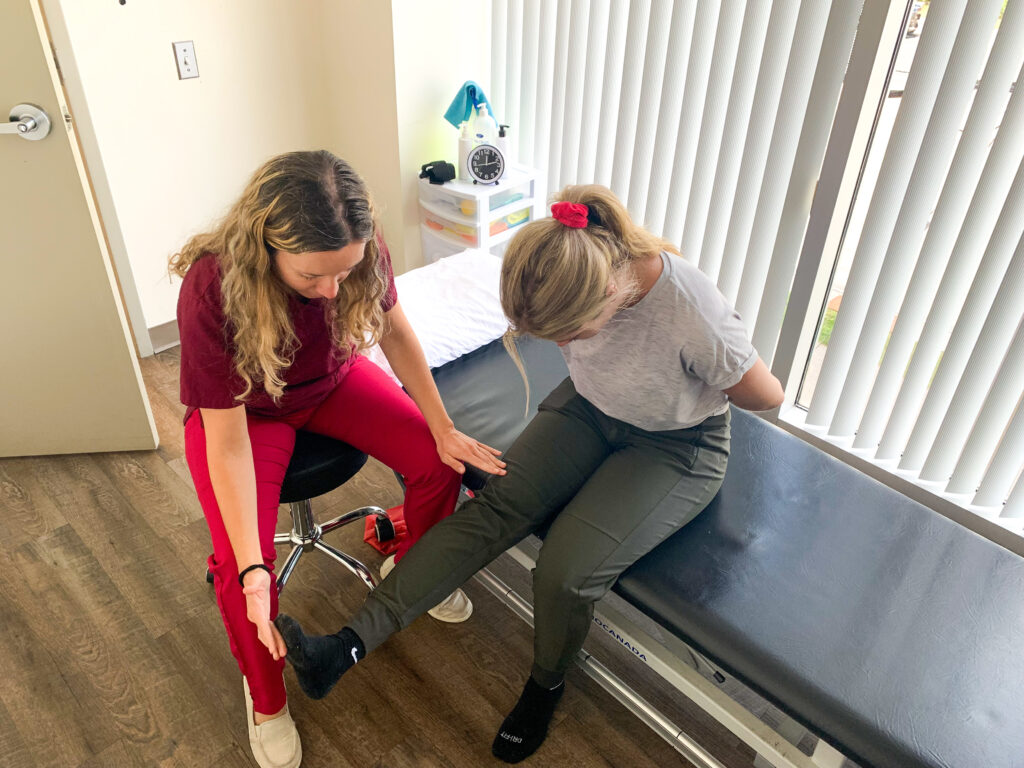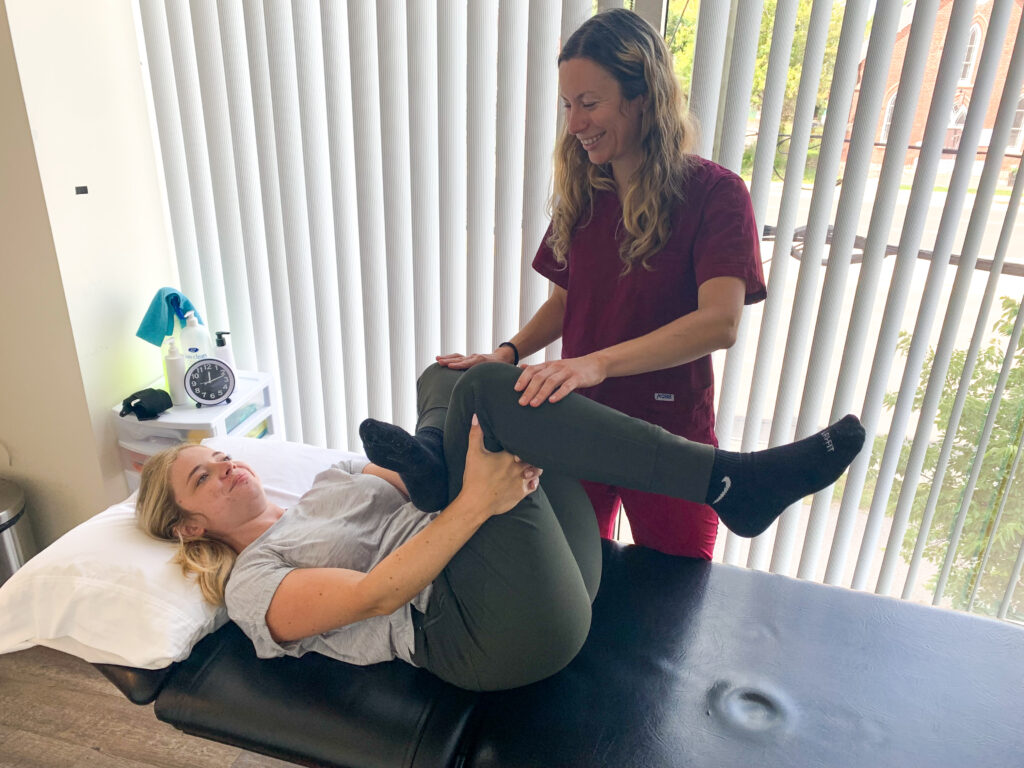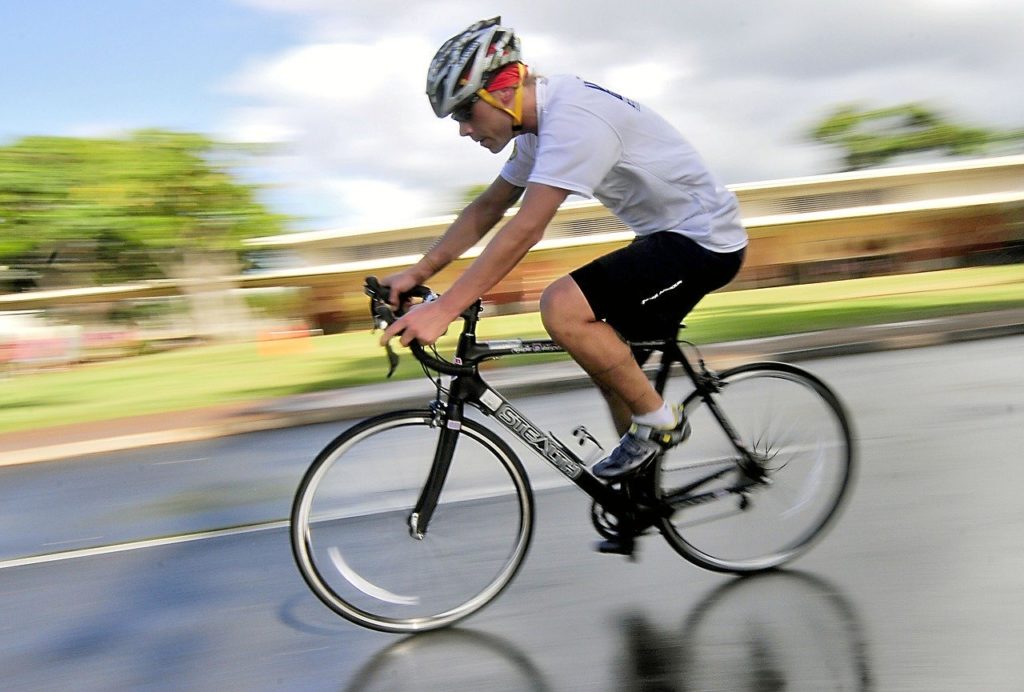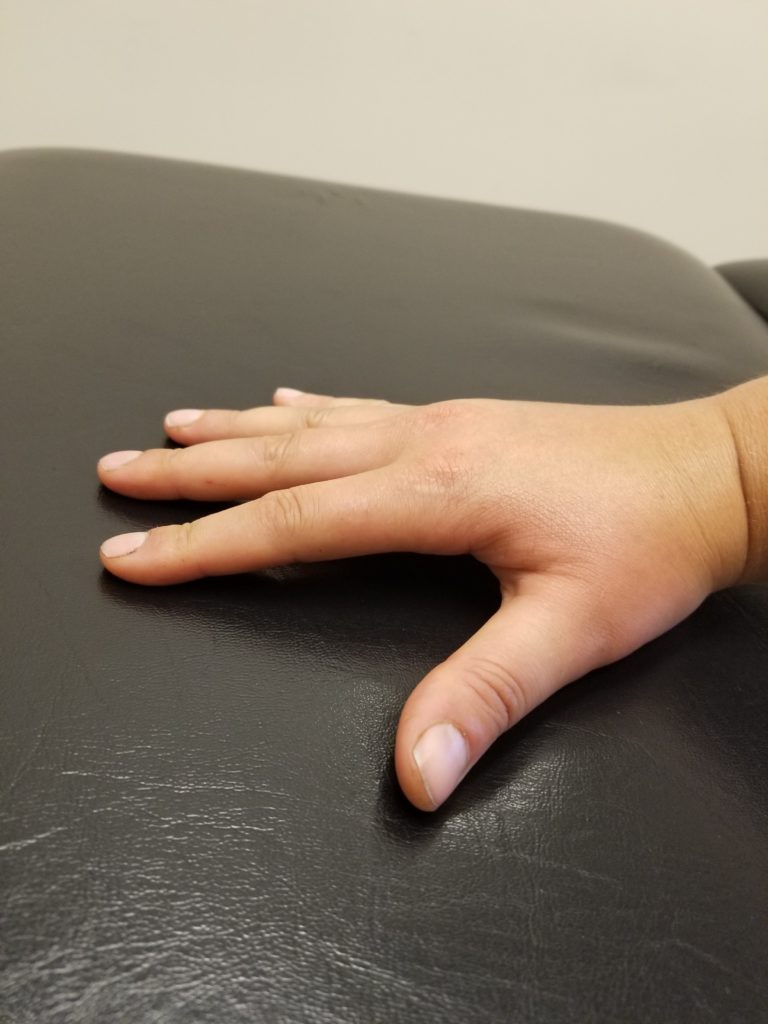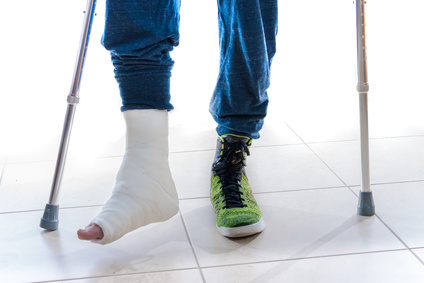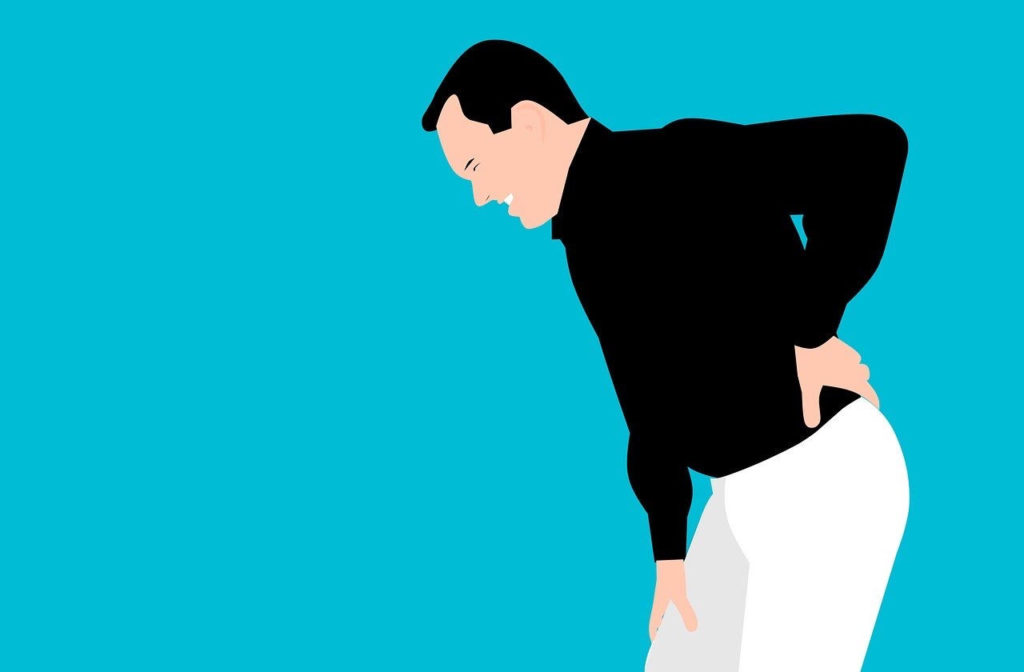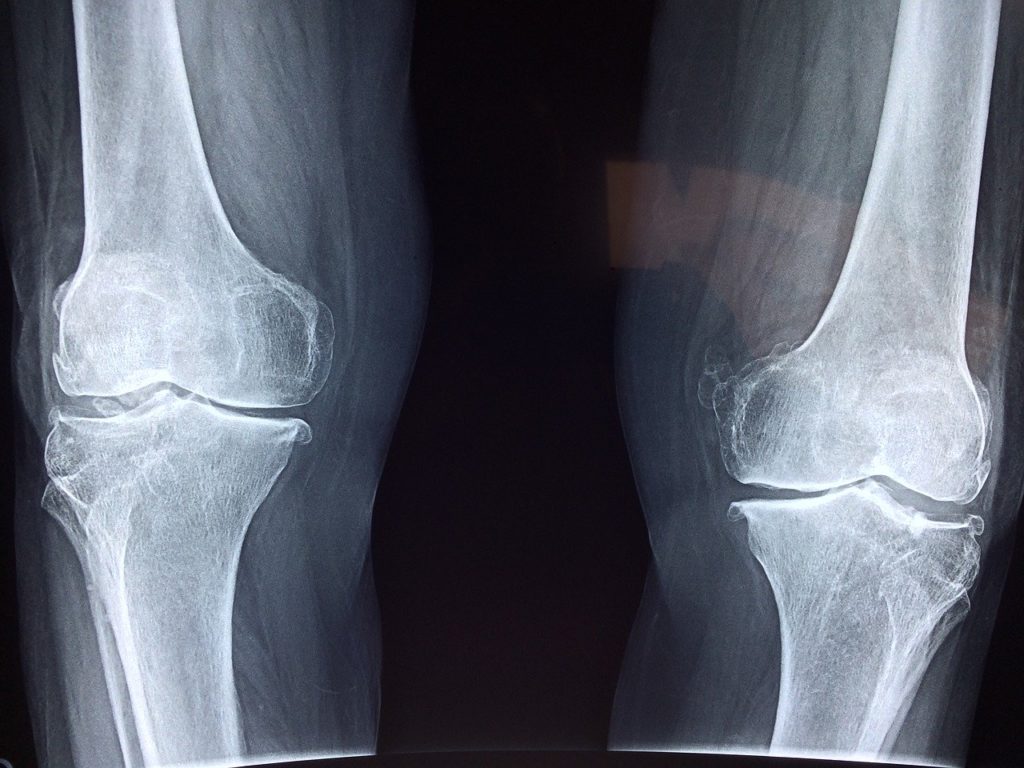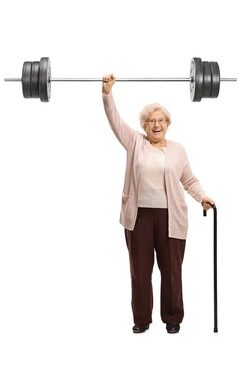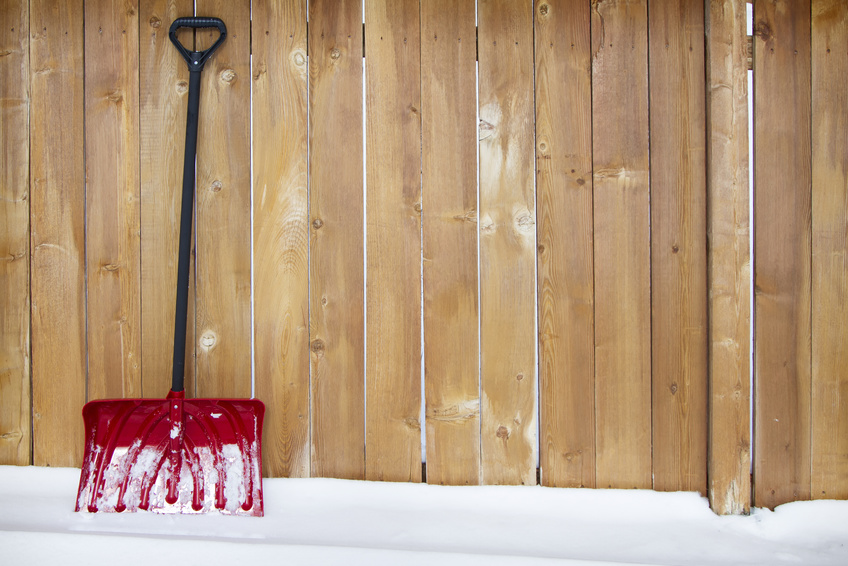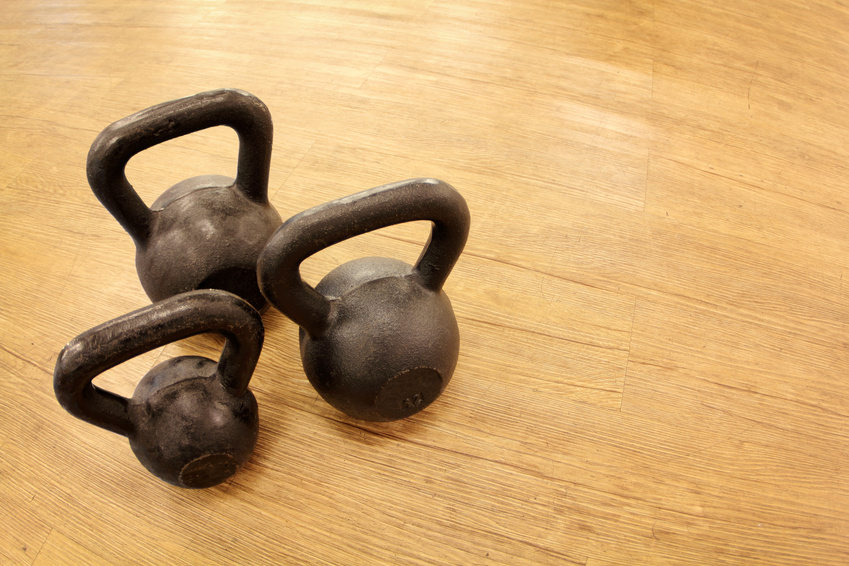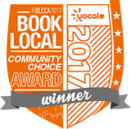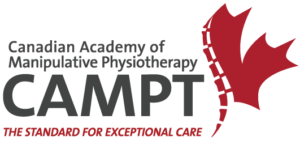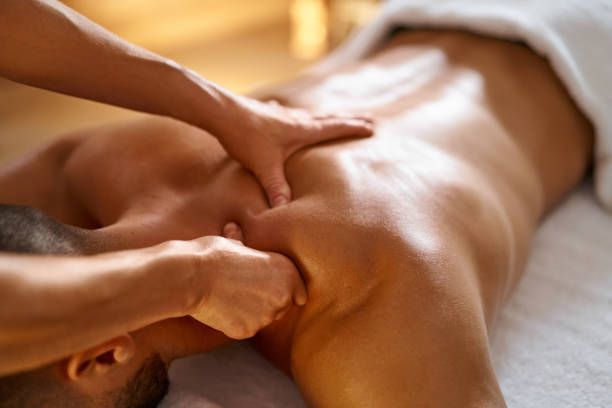
Amidst the variety of self-care practices available, one ancient healing art stands out for its profound ability to soothe the body, calm the mind, and nourish the soul: massage therapy.
The Essence of Massage Therapy:
At its core, massage therapy is more than just kneading muscles or applying pressure to the body; it’s a holistic approach to wellness that addresses the interconnectedness of mind, body, and spirit. Dating back thousands of years across cultures worldwide, massage therapy has evolved into a sophisticated practice with diverse techniques and modalities designed to promote healing and relaxation.
Physical Benefits:
One of the most immediate and tangible benefits of massage therapy is its ability to alleviate physical discomfort and promote optimal functioning of the body. Through manipulation of soft tissues, massage therapists can relieve muscle tension, improve circulation, and enhance flexibility and range of motion. Whether you’re struggling with chronic pain, recovering from an injury, or simply seeking relief from everyday aches and pains, regular massage therapy sessions can provide much-needed relief and revitalization.
Mental and Emotional Well-Being:
Massage therapy offers profound effects on mental and emotional well-being. The soothing touch of our registered massage therapists can induce a deep sense of relaxation, reducing levels of stress hormones such as cortisol while promoting the release of feel-good neurotransmitters like serotonin and dopamine. This unique combination of physiological responses can lead to improved mood, reduced anxiety and depression, and enhanced overall emotional resilience.
Stress Relief and Relaxation:
In today’s hyper-connected world, chronic stress has become a pervasive issue affecting millions of people worldwide. Massage therapy offers a sanctuary of calm amidst the chaos, providing a safe space to unwind, release tension, and cultivate inner peace. Whether you opt for a gentle massage or a more invigorating deep tissue massage, the rhythmic strokes and soothing ambiance of a massage therapy session can transport you to a state of deep relaxation.
Personalized Care and Wellness:
One of the greatest strengths of massage therapy lies in its ability to be tailored to individual needs and preferences. Whether you’re seeking relief from specific symptoms or simply craving a nurturing touch, our registered massage therapists can customize your session to address your unique concerns and goals. From specialized techniques like trigger point therapy and myofascial release or hot stone massage, the possibilities for personalized care are endless, ensuring that each session is as unique as you are.
Contact us!
Take the first step towards recovery by contacting us today or using our online booking system to schedule your initial massage therapy treatment

